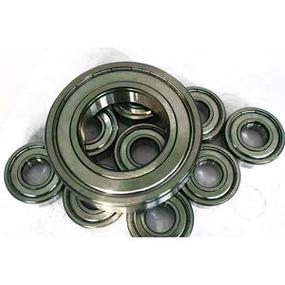The Ultimate Guide to Ceramic Hybrid Bearings Suppliers: Benefits, Selection Tips
# The Ultimate Guide to Ceramic Hybrid Bearings Suppliers
## Introduction
Ceramic hybrid bearings combine silicon nitride ceramic balls with steel races, delivering superior performance in demanding industrial environments. As global manufacturing evolves toward high-speed automation (projected 18% CAGR growth through 2025, per [Gartner Research](https://www.gartner.com)), these components have become critical for aerospace, medical devices, and renewable energy systems. Their ability to operate with 40% less friction than all-steel counterparts ([ASME Journal](https://www.asme.org)) makes them essential for precision applications. With over 200 suppliers competing globally, how can engineering managers identify partners that guarantee technical excellence and supply chain reliability?
## What Are Ceramic Hybrid Bearings?
**Definition**: Hybrid bearings integrate ceramic rolling elements (typically Grade 5 silicon nitride) with stainless steel/steel races.
**Industrial applications**:
- CNC machining centers requiring >20,000 RPM speeds
- MRI scanners needing non-magnetic properties
- Food processing equipment demanding chemical resistance
## Key Benefits of Ceramic Hybrid Bearings
1. **60-80% longer service life** vs traditional bearings (Field data from [NSK Ltd.](https://www.nsk.com))
2. **30% energy savings** from reduced rotational mass
3. **Operational temperature range**: -40°C to 300°C
4. **Corrosion resistance** in pH 3-11 environments
## Ceramic Hybrid Bearings vs Alternatives
| Parameter | Ceramic Hybrid | All-Steel | Polymer |
|-------------------|----------------|-----------|---------|
| Max Speed (RPM) | 45,000 | 25,000 | 15,000 |
| Thermal Expansion | 0.3% | 1.2% | 2.5% |
| Lubrication Needs | Semi-Dry | Grease | Oil |





 13869596835
13869596835